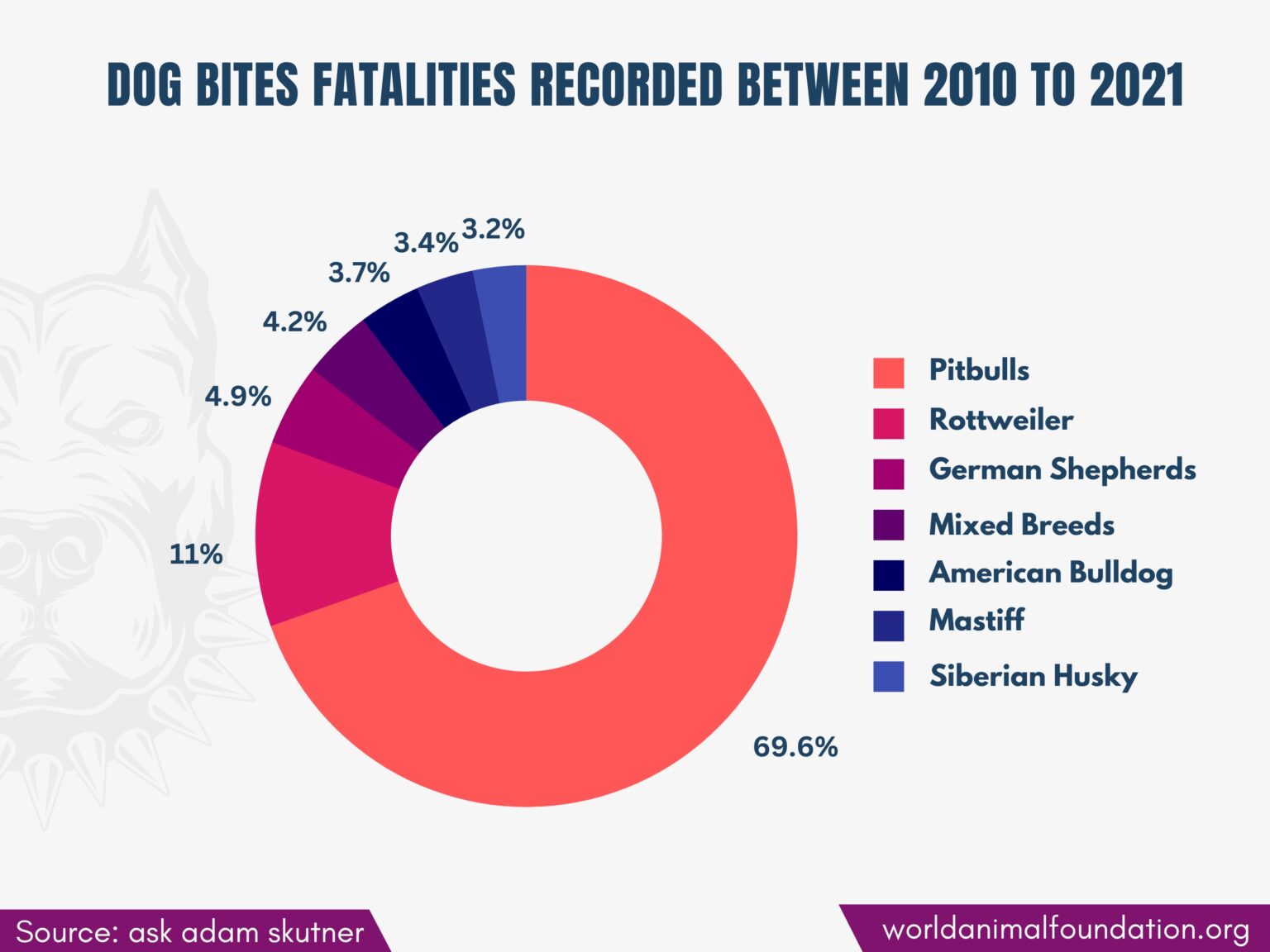In contemporary society, the bond between humans and dogs is often characterized by companionship and loyalty. However, an alarming notion lurks beneath the surface of this cherished relationship: the disturbing frequency at which people injure dogs. Each year, thousands of dogs suffer due to human actions, a statistic that demands attention. This article delves into the shocking numbers surrounding dog injuries and attempts to unravel the complexities underlying this phenomenon.
The scale of the issue is staggering. In a typical year, reports indicate that approximately 4.5 million dog bites occur in the United States alone, with nearly 800,000 requiring medical attention. These figures, however, only scratch the surface. As important as these biting statistics are, they do not fully encapsulate the broader context of dog injuries. Many incidents go unreported, particularly those involving abuse or neglect, leaving a significant number of dogs suffering in silence.
It is paramount to differentiate between the various categories of harm that dogs endure. Physical injuries from bites are only one aspect. Dogs are also subjected to emotional and psychological traumas, which can lead to long-term behavioral issues. For instance, dogs that have been abused may display signs of anxiety, aggression, or withdrawal. The numbers may indicate a crisis, yet the emotional scars often transcend quantifiable metrics.
Why do such alarming statistics exist? A multitude of factors contributes to the prevalence of violence against dogs. Foremost among these is the ignorance surrounding animal behavior and welfare. Many dog owners lack a fundamental understanding of canine body language and needs, leading to conflict and aggression. Misinterpretation of a dog’s warning signals can culminate in a violent encounter, illustrating the critical need for educational resources on responsible pet ownership.
A deeply rooted cultural fascination with dominance and control also plays a significant role in this tragedy. Media portrayals of aggressive dogs can perpetuate myths, reinforcing the notion that strength must be asserted rather than cultivated through trust and affection. This societal view can sometimes encourage individuals to approach training and interaction with harsh methodologies, thereby escalating tensions and inciting injuries.
Beyond individual behavior, systemic issues within communities further exacerbate instances of dog-related harm. Overpopulation and negligence in animal welfare—often driven by socioeconomic factors—create environments where resources are scarce, and dogs are neglected. In high-stress areas, dogs may turn to aggressive behaviors as a means of survival, and without proper interventions, these behaviors can lead to tragic outcomes.
Moreover, the legal framework surrounding animal cruelty varies significantly across jurisdictions. Many states lack stringent laws that protect dogs from abuse and neglect. This disparity fosters an atmosphere where individuals may feel entitled to act without fear of repercussions. For instance, certain places may not impose adequate penalties for repeat offenders, leading to a cycle of abuse that perpetuates harm against dogs.
The impact of these injuries is not solely borne by the animals themselves. Human victims of dog bites often experience significant physical and psychological effects as well. The high incidence of dog bites can instigate fear in communities and foster a mistrust of dogs, particularly in public spaces. This dilemma puts responsible dog owners at a disadvantage, potentially leading to breed discrimination and restrictive legislation that punishes innocent animals and their guardians.
Addressing this multifaceted crisis requires a comprehensive approach. Education is a pivotal component—initiatives aimed at informing current and prospective dog owners about the responsibilities involved in pet care can dramatically reduce the number of injuries. Training programs that focus on positive reinforcement rather than punishment can nurture better relationships between dogs and their human companions.
Additionally, community-based interventions are vital. Animal welfare organizations often work tirelessly to promote spay and neuter programs, which can significantly reduce overpopulation. By improving access to veterinary care and fostering a culture of responsible ownership, society can begin to mitigate the dire statistics surrounding dog injuries.
Furthermore, advocating for stronger legislative protections for animals is imperative. Animal cruelty laws must be revisited and reinforced to ensure that they serve as a deterrent against mistreatment. Community involvement in monitoring animal welfare can also lead to quicker reporting of abuse, thus minimizing suffering and fostering a sense of accountability.
In conclusion, the staggering statistics surrounding dog injuries are not just numbers; they encapsulate a systemic issue that requires urgent attention. While dog bites account for a substantial portion of the narrative, the emotional and societal implications equally demand consideration. The path towards a future with considerably fewer incidents hinges on education, community intervention, and stringent legal protections for our canine companions. As a society, it is incumbent upon us to champion the welfare of dogs, ensuring they receive the compassion and respect they so richly deserve.






